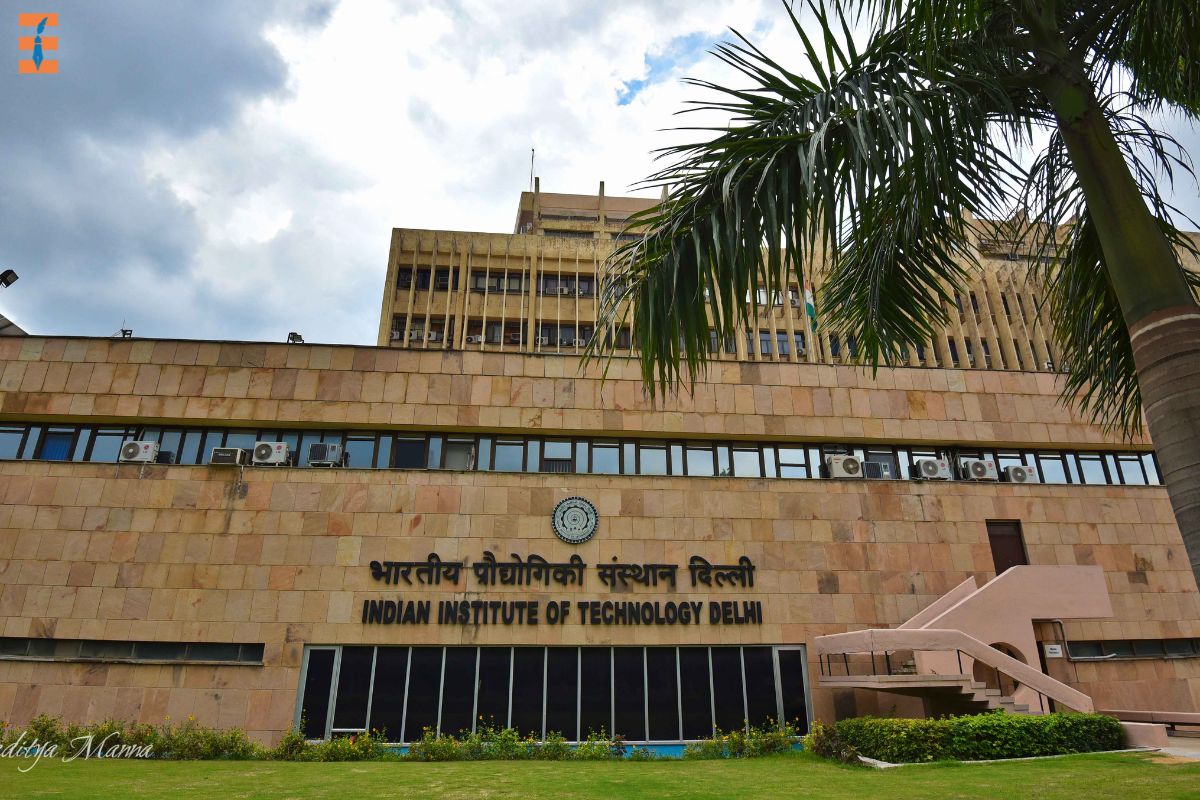To bring personality development to every member of society and shape the young minds of the next generation, education is the foremost way to prepare them for the upcoming challenges of the ever-evolving society. However, with changing differences in society, the ultimate goal of the education system remains constant and student-oriented. It is equipping students with the knowledge and skills to succeed in a world where there are countless differences and similarities in the education systems. They are offering various opportunities to students like global citizenship, international curriculum, assessments, etc. In this article, you will delve into the different aspects of the education system.
The common thread: Similarities in education systems

1. Core Subjects and Curriculum
One of the most striking similarities among education systems worldwide is the inclusion of core subjects like mathematics, language arts, science, and social studies. These subjects form the foundation of a well-rounded education and help students develop essential skills for critical thinking, problem-solving, and effective communication.
2. Formal Structure
Education systems typically follow a formal structure, progressing from primary or elementary school to secondary or high school, and sometimes beyond to higher education. This structured approach ensures a gradual buildup of knowledge and skills, allowing students to explore more complex subjects as they advance.
3. Certified Teachers
Qualified teachers play a pivotal role in education systems globally. Regardless of the country, dedicated educators guide students through the curriculum, provide mentorship, and facilitate learning experiences. A common requirement is the completion of teacher training programs to ensure competence and expertise in delivering quality education.
4. Standardized Assessments
Many education systems employ standardized assessments to evaluate students’ progress and understanding of the curriculum. These assessments provide insights into students’ strengths and areas needing improvement, enabling educators to tailor their teaching strategies accordingly.
Embracing diversity: Differences in education systems

1. Philosophical Approach
Education systems often reflect cultural values and societal beliefs. For instance, some countries emphasize rote learning and traditional academic subjects, while others prioritize experiential learning, creativity, and holistic development. These differences stem from varying philosophical approaches to education and its purpose.
2. Grading Systems
While most countries use grading systems to evaluate students, the grading scales and criteria can differ significantly. Some systems use numerical scales, others employ letter grades, and a few even avoid formal grading until higher levels of education. The significance and weightage of grades also vary, influencing the importance placed on academic achievements.
3. Length of School Year and School Days
The duration of the school year and the number of school days per week can vary substantially across education systems. Some countries have longer school years with shorter breaks, while others have shorter school years but longer breaks. These differences often reflect the climate, cultural festivals, and societal norms of the region.
4. College and University Admissions
The methods for college and university admissions differ globally. While some countries rely heavily on standardized tests, others consider a combination of academic performance, interviews, essays, and extracurricular activities. Additionally, the availability of financial aid, scholarships, and the overall cost of higher education can greatly influence access to post-secondary schooling.
5. Vocational vs. Academic Focus
Education systems also differ in their emphasis on vocational and academic education. Some countries prioritize vocational training, equipping students with practical skills for specific careers, while others lean toward academic rigor, preparing students for university education and intellectual pursuits.
Nurturing a bright future: The crucial role of education systems
Education is often likened to a torch that illuminates the path towards a brighter future. In a rapidly changing world, the role of education systems in shaping the destinies of individuals and societies cannot be overstated. A well-designed and effective education system plays a pivotal role in preparing students for success, fostering personal growth, and contributing to the progress of the nation.
1. Equipping with Knowledge and Skills
At its core, education equips students with the knowledge and skills they need to navigate the complexities of the modern world. From foundational subjects like mathematics and language to specialized fields like science, arts, and humanities, education provides a toolbox of cognitive tools that empower individuals to understand, analyze, and engage with the world around them. It imparts critical thinking, problem-solving, and communication skills that are essential for success in any field.
2. Fostering Personal Growth and Development
Education is not just about academics; it’s also about holistic development. Education systems that focus on the well-rounded growth of students provide opportunities for social, emotional, and moral development. Through extracurricular activities, arts, sports, and community engagement, students learn to collaborate, lead, and develop a strong sense of ethics. Such experiences contribute to their personal growth, self-confidence, and ability to contribute meaningfully to society.
3. Cultivating Lifelong Learning

In a world that is constantly evolving due to technological advancements and societal shifts, the ability to learn and adapt is paramount. Education systems that emphasize the value of lifelong learning instill in students the curiosity and desire to continue learning beyond formal schooling. This prepares individuals to embrace change, seize new opportunities, and remain relevant in a dynamic job market.
4. Nurturing Creativity and Innovation
A bright future is built on the foundation of creativity and innovation. Education systems that encourage creativity, critical thinking, and problem-solving help students develop a mindset that is open to new ideas and solutions. By fostering an environment where students can explore, experiment, and think outside the box, education systems contribute to the generation of fresh ideas and groundbreaking discoveries.
5. Promoting Social Mobility and Equity
A strong education system is a powerful tool for promoting social mobility and reducing inequality. It provides equal opportunities for students from diverse backgrounds to access quality education and overcome socio-economic barriers. Education empowers individuals to rise above their circumstances, pursue their aspirations, and contribute positively to society, regardless of their starting point.
6. Preparing for Global Citizenship
In an interconnected world, global awareness and cultural competence are essential attributes. Education systems that expose students to a diverse range of perspectives, languages, and cultures prepare them to become responsible global citizens. This not only fosters tolerance and understanding but also equips students with the skills to work collaboratively in international contexts.
7. Driving Economic Growth and Innovation
Education is a catalyst for economic growth and innovation. A well-educated workforce contributes to a skilled labor pool, which, in turn, attracts investment and fosters economic development. Education systems that provide training in science, technology, engineering, and mathematics (STEM) fields, as well as vocational and technical skills, directly impact a nation’s competitiveness in the global economy.
8. Shaping Ethical Leaders
Ethical leadership is vital for the sustainable progress of society. Education systems that emphasize ethics, values, and civic responsibility contribute to the development of ethical leaders who prioritize the greater good. Such leaders guide communities, organizations, and nations toward decisions that consider both short-term goals and long-term consequences.
Conclusion
Education systems all over the world are changing and making efforts to reshape the bright future of students and equip them with better career opportunities. Fostering personal growth, nurturing creative skills, promoting equity and equality, and preparing them for advanced challenges in a globalized world pave the way for the well-being and progress of a nation through education systems. In the 21st century, education systems should learn from each other and embrace a forward-looking approach to navigating the complexities of societies. We hope you enjoyed reading our blog and understood the basic similarities and differences of education systems worldwide.
Also Read: 9 Notable Differences in Education Systems Around the World










